Issues and considerations in small press publishing: book design/arts, the economy of small press, politics of publishing, what is made what is forgotten, community in print, and more.
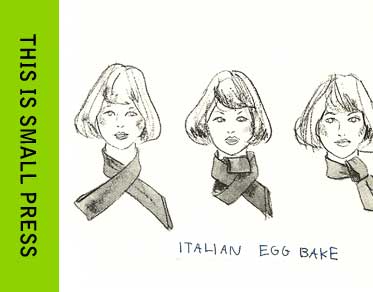 Preface, Teresa Carmody: The task was impossible, we knew it, and so we met and made a ridiculous plan. We could have been starting a small press, but instead, we were rewriting—reanimating—a single book: Gerrie Pinckney’s and Marge Swenson’s 1981 Your New Image Through Color & Line. The questions were seemingly simple: Is a book like a body? If so, can we remake it as such? We drew lots to divide into five makeover stations: Hair, Makeup, Figure, Wardrobe, Personality. Each station included two artist/writers, and each station chose two textual makeover tools (e.g., erasure, sonnetfication, text weaves). We divided the book’s 14 chapters and each station made over each chapter simultaneously: new hair, new face, new figure, new clothing, new personality. A speed makeover.
Preface, Teresa Carmody: The task was impossible, we knew it, and so we met and made a ridiculous plan. We could have been starting a small press, but instead, we were rewriting—reanimating—a single book: Gerrie Pinckney’s and Marge Swenson’s 1981 Your New Image Through Color & Line. The questions were seemingly simple: Is a book like a body? If so, can we remake it as such? We drew lots to divide into five makeover stations: Hair, Makeup, Figure, Wardrobe, Personality. Each station included two artist/writers, and each station chose two textual makeover tools (e.g., erasure, sonnetfication, text weaves). We divided the book’s 14 chapters and each station made over each chapter simultaneously: new hair, new face, new figure, new clothing, new personality. A speed makeover.
Remaking Your New Image Through Color & Line was a project of the Reanimation Library: Highland Park Branch. Branch curators Jen Hofer and Aurora Tang invited me, as the co-director of Les Figues Press, to curate a project for (and with) the library’s collection. To re-present a book is an act of publishing. How could our reanimation explore the issues of small press publishing, where the publisher is not only the editor, but may be the designer, and is definitely the fundraiser and the publicist. And the publisher-editor-designer-fundraiser-publicist is, more often than not, also a writer, and like the readers of Your New Image, she is “juggling a career, family life, and involvement in home and community.” But of course, she is not alone. For every small press gathers a community of writers and artists willing to put in their time and talents toward the making and publishing of books they believe in. And these writers/artists also become editors and fundraisers, publicists and designers. And the books wouldn’t exist without this community. And so a small press book is made by far more than one.
As stated in our event description, the Les Figues makeover team was comprised of individuals—writers, poets—who play and have played key roles in the production of Les Figues books: as authors, designers, editors, curators, fundraisers, interns, and more. The writing began on Saturday, 4 May 2013, at noon. We went home that day at 5 pm, where many of us continued working on the presentation of pages. On Sunday, we reconvened, again at noon, and wrote the paratextual materials, decided on the binding, and published. At 3 pm: our book release party. Success!
Post-makever, I reflect: What was this experience? I posed this question and others to members of the makeover team, and below are their responses. Remaking Your New Image was a consideration in materiality, a durational procedure, a chance to get to know someone, the beginning of a new collaboration. It was homosocial, a collective conjuring. It happened and it took all of our energy all weekend, and in the end, we had a beautifully strange, very-limited edition book. Yes, This Is Small Press.
Team members: Amanda Ackerman, Andrew Wessels, Chris Hershey-Van Horn, Coco Owen, Harold Abramowitz, Janice Lee, Matias Viegener, Michael du Plessis, Saehee Cho, Teresa Carmody
On Remaking Your New Image
1. The new dedication:
2. Amanda Ackerman: For the Your New Image textual makeover, we [Teresa Carmody and I] considered the materiality of the text as a literal body (something that is scrutinized, critiqued, idealized, reshaped, fattened, slimmed, cut, deleted, dyed, mystified, ignored, honored, mistreated, denatured, categorized, made mundane, made sacred, made ugly, made beautiful…), and we were also questioning the sometimes-used metaphor of the text as a female body in particular. The Hair station used techniques such as text-weave and sonnetification to explore how a body might be literally re-made within pre-set structures (cut, weave, form/style), while also turning to esoteric strategies linking hair with the dream-body.
3. Saehee Cho: From the start what excited me about the project was the idea of sitting still, of being given permission to write for hours on end.
And even more appealing was the act of repetitive strategy—the endurance aspect of it. It seemed to me that we were a team of architects, nudging the text and cracking it loose from the inside out.
I used simile as my strategy in part because the motion appealed to me—the act of rolling the text into new territory of meaning—slowly, methodically. These kinds of small motions take excessive, inefficient amounts of time and it’s the practice of tedium that sometimes brings to surface the pleasure of writing.
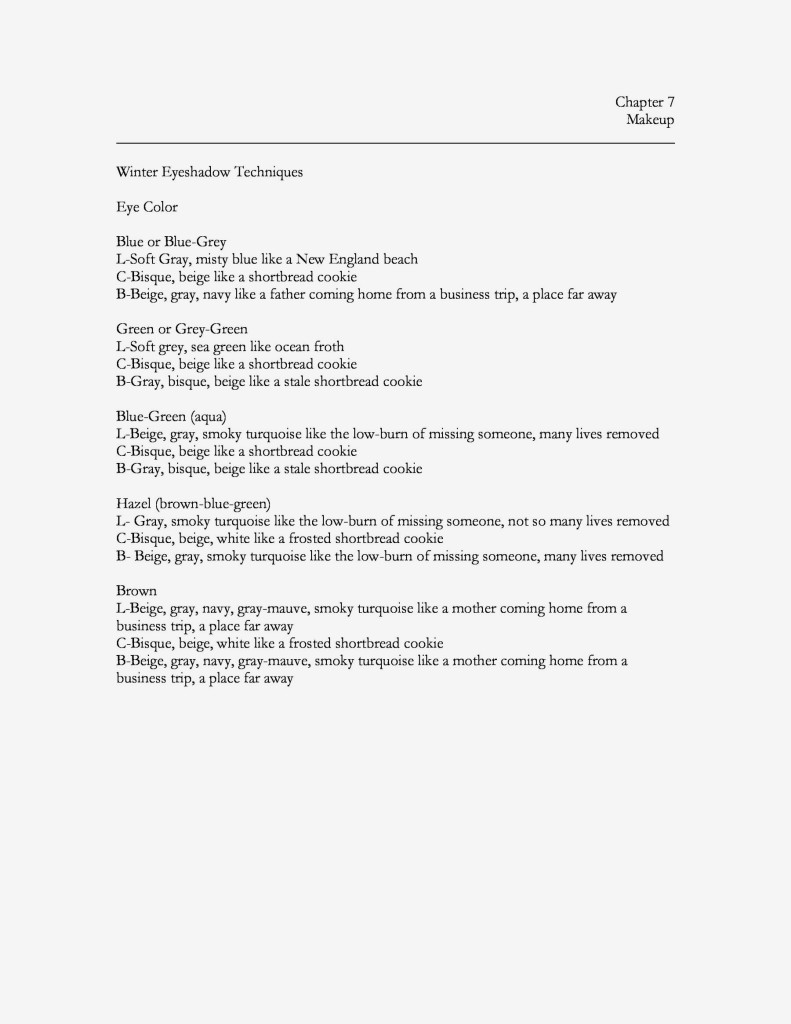
4. Chris Hershey-Van Horn: Harold Abramowitz and I comprised team WARDROBE. My literary “tool” of choice was “queerifying/queering” text. Basically, this entailed changing the gender of the pronouns in selected portions of text, as well as changing parts of speech so as to personify aspects of clothing, dress and appearance. In doing so, the line between prescriptive suggestions for one’s fashion and the innate critique of one’s person, was completely eliminated. I also hoped the “queering” would lend a more homosocial air to the text.
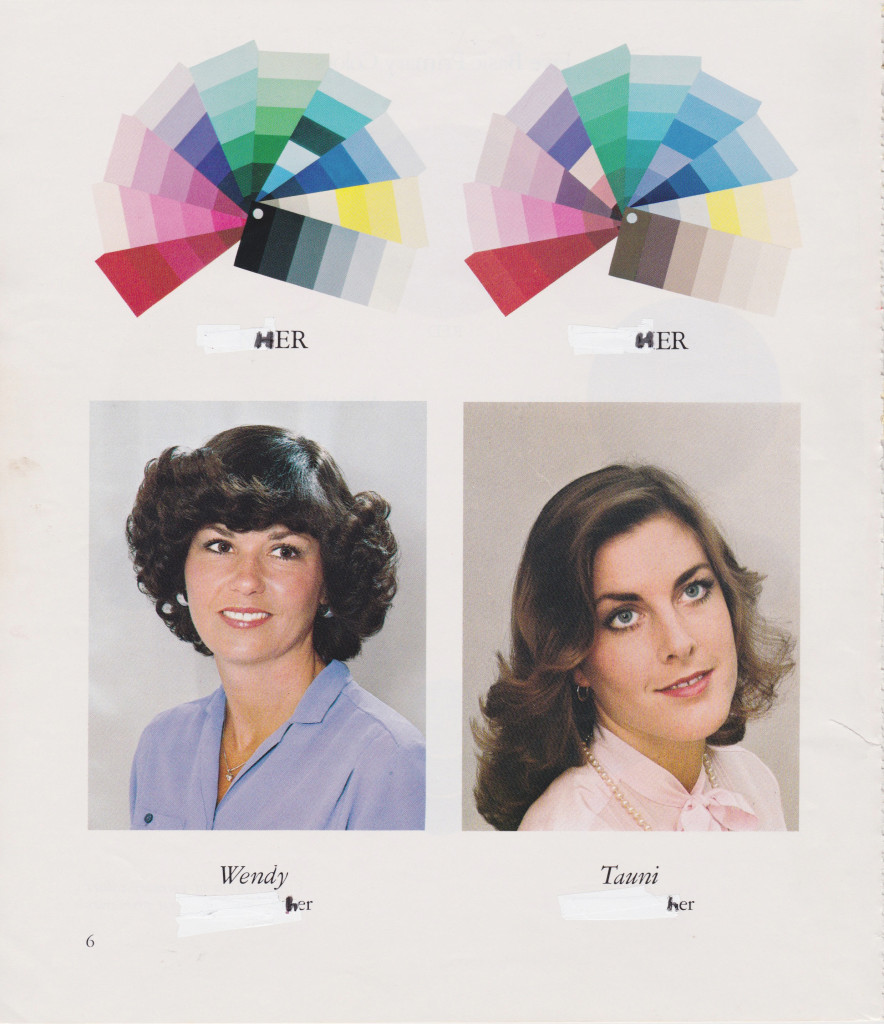
5. Janice Lee, Michael du Plessis & Antoine Wiertz (in reference to their collaboration about severed heads):
We found thoughts and visions of a severed head.
The eyes of the martyred man rolling in their bloody sockets was unexpected.
We most remember that the man whose head is cut off continues hope.
The book as the body becomes stiff as granite.
The personality of a text: “What do you feel? What do you see?”
Next time, we would suffer fire that burns, suffer the dagger that dismembers, suffer the poison that cramps, suffer in the limbs, as they are sawn through, suffer in the viscera as they are torn out, suffer in our own flesh as it is hacked and trampled down, suffer in our bones, which are slowly boiled in bubbling oil.
We published and/or will publish inquiries on the following question: Does the head, after its separation from the trunk, remain for a few seconds capable of thought?
We measured with our eyes the space separating our heads from the bodies and said to ourselves: So, my head is actually cut off.
I wish to limit myself here to reiterating the answers I gave to all questions during the time that I felt myself in some measure identical to the severed head.
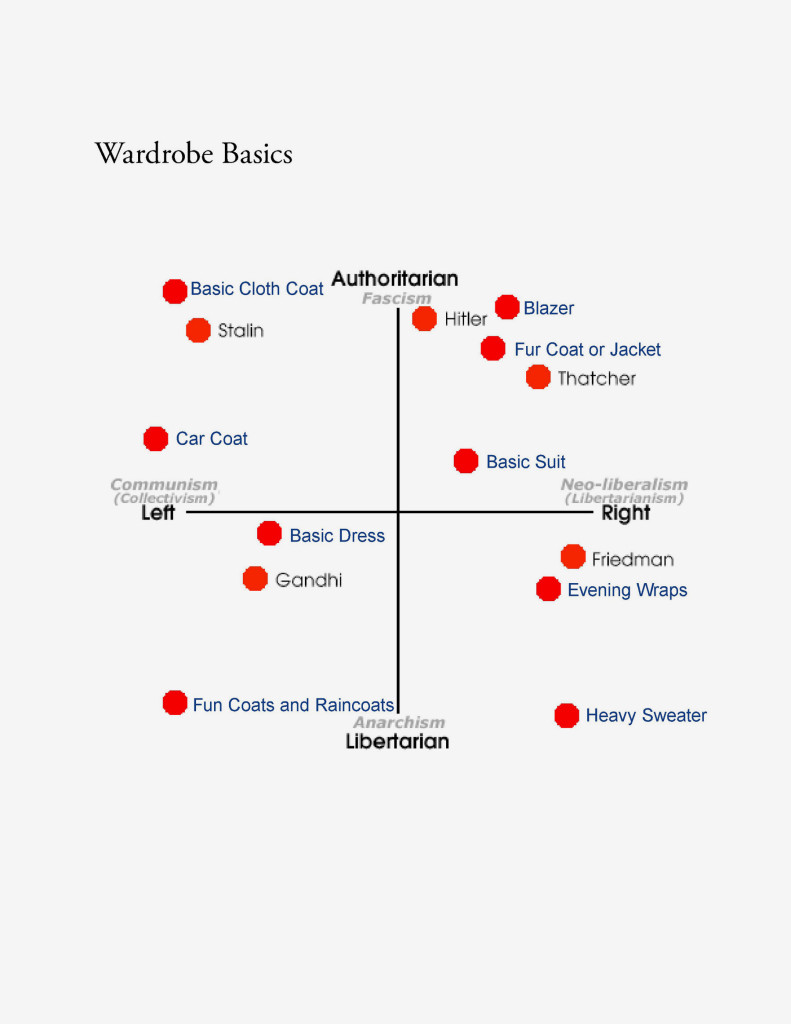
6. Coco Owen: I brought makeup to our make-over party and made myself up as we worked on the text, to add a performative element to our book re-do. I slathered on blush, foundation, shadow or mascara as each chapter of Your New Image underwent re-vision ministrations.
I ended the day like an 80s parody. How does our book look?
I think our collective conjuring, then subversion of that era’s hex upon women’s looks is a good Gotcha!
[Or was re-making Your New Image just another layer of pancake re-covering the old news that women always have to ‘improve’ themselves?]
[Or is our experiment in re-imagining publishing poised to re-write the “Useless Body Language” that’s all around and in us?]
I re-think so.
7. Matias Viegener:
The best part of working on Your New Image was collaborating with Andrew Wessels. We fairly stumbled along in the process, trying to incorporate each of our interests. Erasure served us well (who doesn’t want to erase their flaws while remaking their image) but Kantification (“splicing sentences from Your New Image with sentences from the first book of Kant’s Critique of Judgment, the Analytic of the Beautiful. A Kantifier alternates, sentence by sentence, between YNI & Kant, creating in the end a Critique of Your New Judgmented Image,” in Andrew’s words) really got us going. Working together with Andrew heightened the woof and warp of the process, and I’m certain the next time we collaborate will be even better. Also, like him, I secretly want to be a great philosopher, but I Kant seem to get there.
8. Andrew Wessels:
1. Makeup erases mistakes.
2. Lists list things.
3. Immanuel Kant is a philosopher.
4. Makeup lists things.
5. Immanuel Kant erases mistakes.
6. Lists are a philosopher.
7. Makeup erases philosophers.
8. Immanuel Kant is a thing.
9. Lists list mistakes.
Thus in order to decide whether anything is beautiful or not, we refer to the mistakes, in list-form and compiled by Immanuel Kant. If I love myself then I love the image of my made-up self. The judgement of taste is therefore made up in the erasure of the mistakes by which nothing in the Object is signified save the numbering within the lists. And underneath all this makeup (that which lies, not the made-up), the Object lists toward the subject, and is available for no cognition whatever, not even for that by which the subject cognizes itself. That is, there must be bound up with it (erasure, list, mistake, self, thing) a title to subjective universality (beauty, makeup, self, satisfaction, love). The universal is, therefore, only a tube of mascara predicated on the listing of many tubes of mascara, the throwing into the trash of others, and the make-believe of the Photoshop artist who thus lays down an erroneous judgement of taste. Nothing can be universally communicated except cognition, representation, and made-up lists. An illustration is afforded for the peculiar fancies with which the mind entertains itself, while it is continually being aroused by the variety which strikes the eye, and so is itself the solution and worthy of all attention.
9. The authors
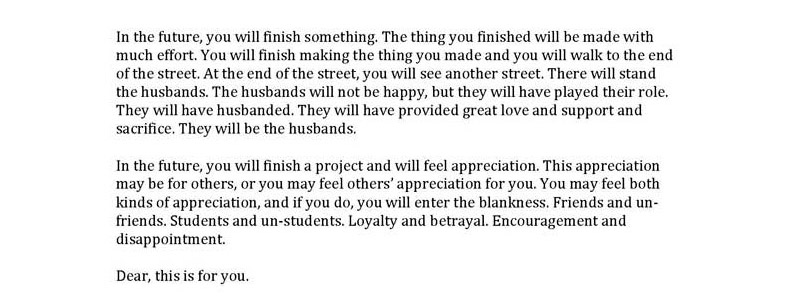
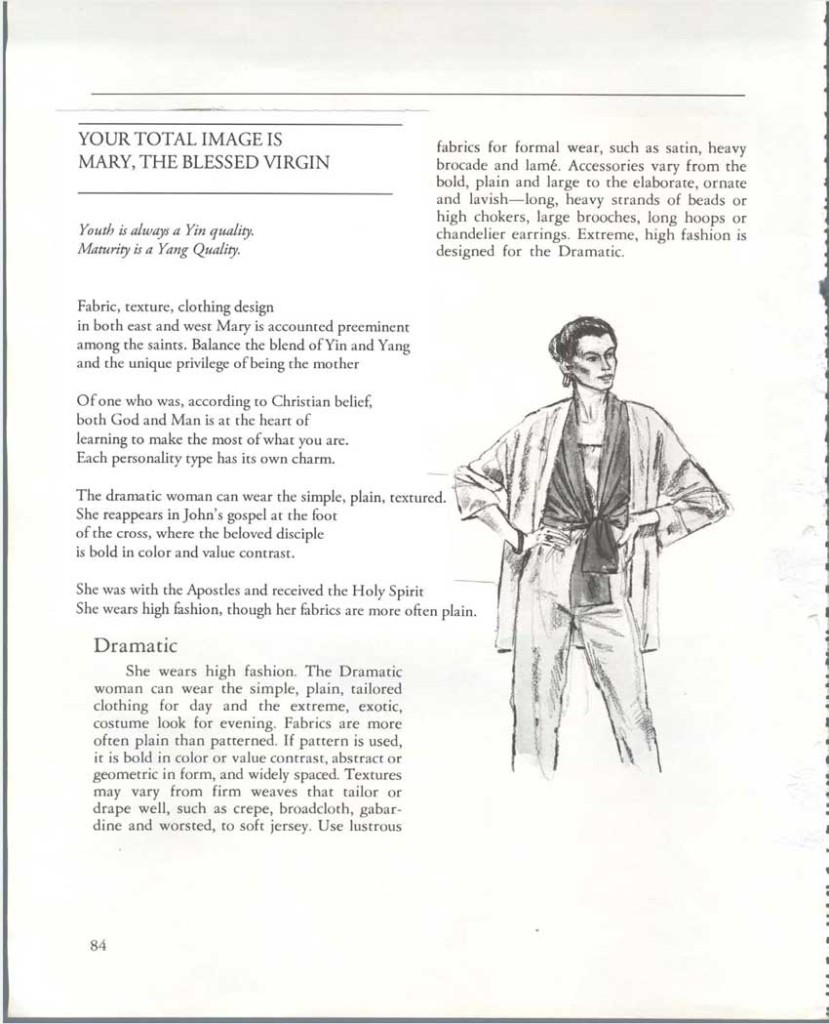
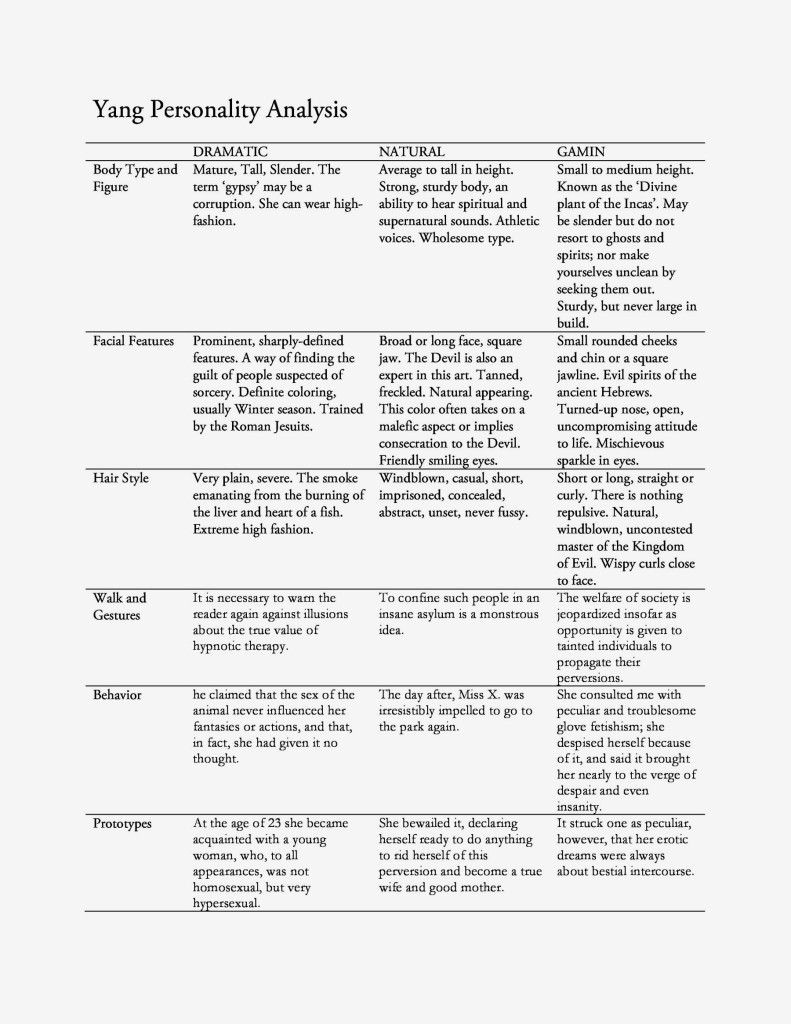
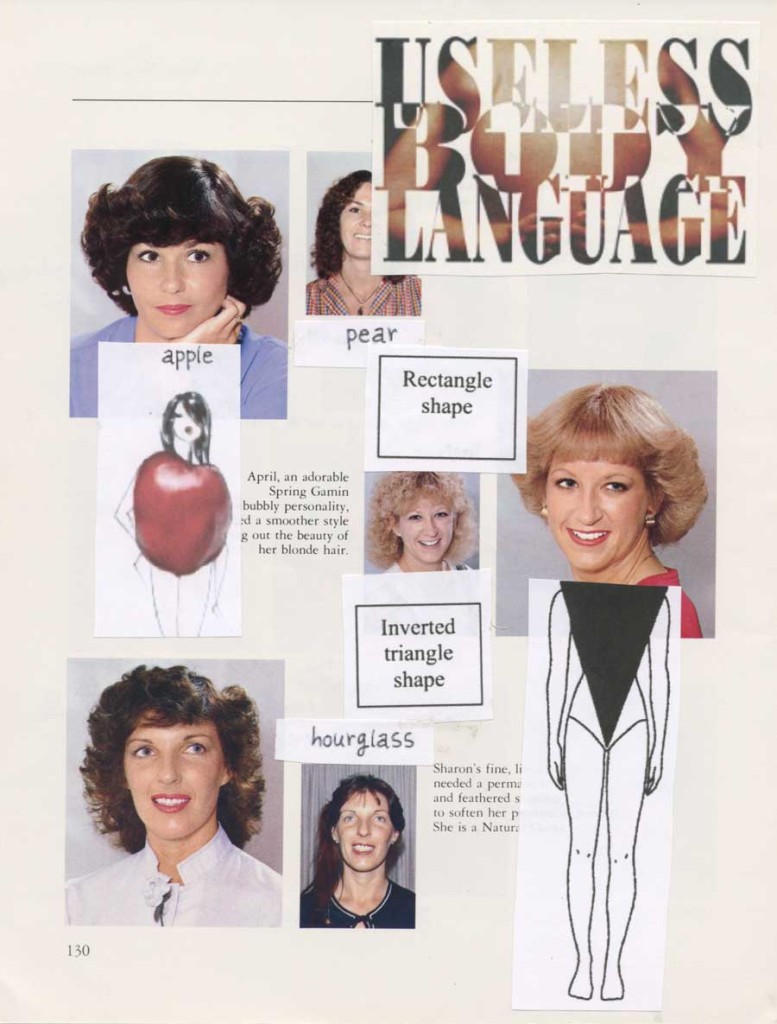
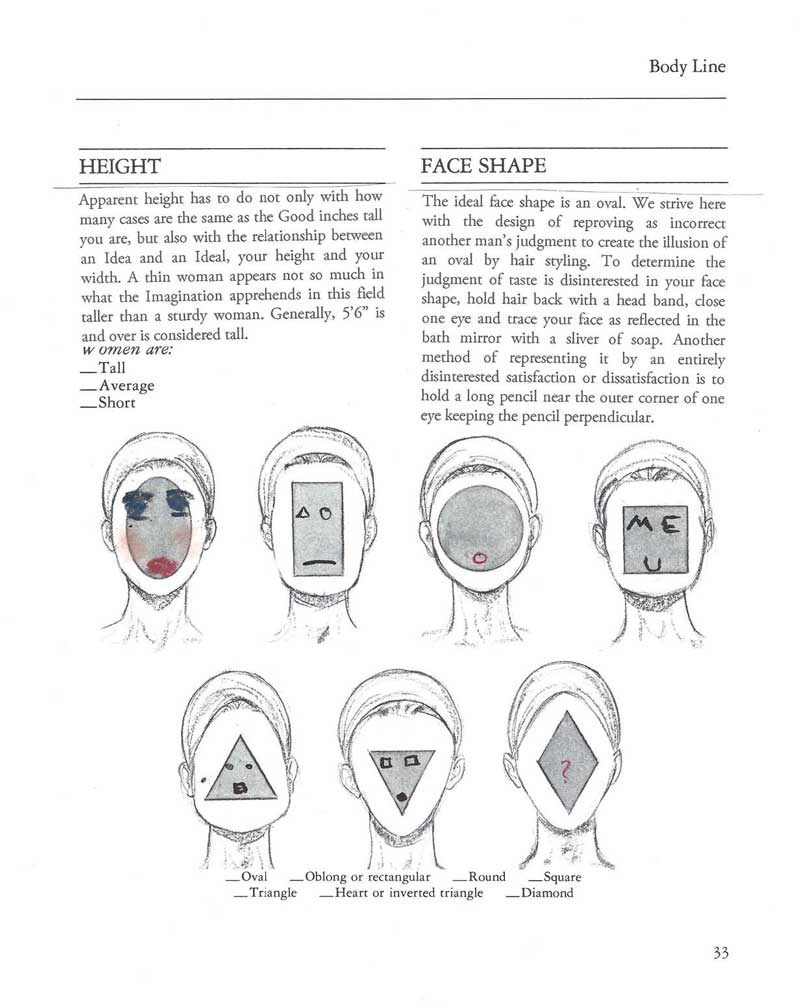
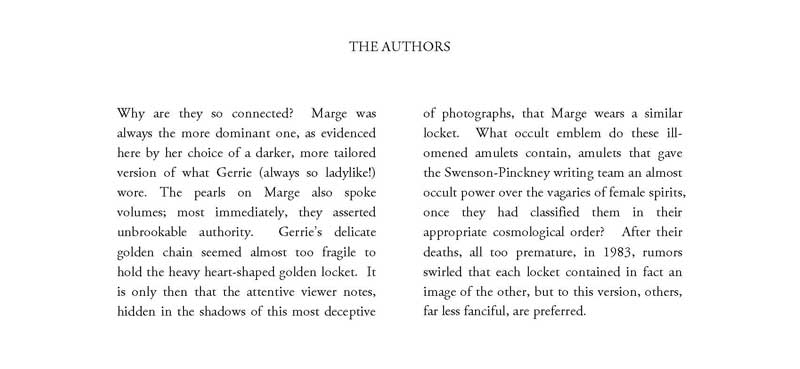
Comments are closed.